ClearCorrect® has changed my clinical practice
Featured Products Promotional FeaturesPosted by: Dental Design 25th May 2022

After many years of seeing my fellow dentists achieve minimally invasive, patient focused smile makeovers, I decided to leave my comfort zone of NHS general dentistry and start to provide more fulfilling private dentistry – and I haven’t looked back. Thanks to the support of {my}dentist and ClearCorrect®, clear aligners have become an integral part of my clinical practice from cosmetic tooth alignment to pre-restorative orthodontics. ClearCorrect® has completely surpassed all my expectations.
A female, 59-year-old patient attended with the primary goal of aligning her anterior teeth. Her medical history was clear, with no diseases or allergies and she took no medicine. She drank approximately six units of alcohol a week and was a non-smoker.
A comprehensive dental assessment revealed no extraoral or intraoral pathology. There was no periodontal disease and her teeth showed no caries both on clinical and radiographical inspection. Her UR7 had been removed many years ago. As expected, her oral hygiene was impeccable. She was an ideal patient for orthodontic treatment.
Before and after an orthodontic exam, I always like to give the patient a mirror to discuss in great detail what upsets them and any issues I see that they might also like to address. I always feel this is important stage, as I like to create an environment of open discussion and transparency. In certain cases, a referral to a specialist orthodontist is required. This patient initially just wanted the anterior teeth aligned.
Assessment and treatment planning
An orthodontic exam revealed good average facial proportions, a narrow upper maxilla with 3mm crowded retroclined upper incisors creating a Class II Div II incisal relationship with a 3mm overjet. The mandible presented with lower incisor crowding of 4mm. The molar and canine relationship was all Class I (Figures 1-5). Upon further discussion, I felt we could more than just align the anterior teeth, but also expand the arches to create a wider smile to suit her face better. Immediately, the patient agreed to my proposal and was keen to start treatment.
The full assessment, photos and treatment plan was sent to ClearCorrect® for a 3D treatment setup. What really sets ClearCorrect® apart from its competitors is that this setup is free until you go ahead with the case.
Additionally, the design and material of the aligners is outstanding. The patented ClearQuartz™ material is incredibly flexible and yet durable to provide constant force on the teeth. The approach to have the trim above the gingival margin means far more sustained controlled force with the need for fewer engagers.
The setup was presented to the patient and the plan was to finish treatment in approximately eight months with two-weekly aligner changes. Engagers would be needed six weeks into treatment to ensure smoother movement of teeth and interproximal reduction (IPR) on the lower anteriors 14 weeks into treatment. ClearCorrect® typically prescribes 0.3mm of IPR per space (Figures 6-9).
Treatment
Clear aligners are fantastic orthodontic appliances as they aren’t demanding on surgery time like traditional fixed orthodontics. Typically, I always give four aligners at a time and review every eight weeks to make sure the case is tracking as predicted. Soon, I will use Dental Monitoring to track a patient’s progress digitally, further reducing chair time.
This case tracked as planned and did not require any revisions. Originally, we planned to whiten the teeth, but the patient was so happy we have decided to delay any whitening for now. The UR1 had an uneven edge for which we discussed composite bonding to improve the shape, but after discussing the life span as approximately 3-5 years before it chips and stains, we decided to use a Sof-Lex disc to balance out the uneven edges instead. This doesn’t result in quite as good aesthetics , but was the preferred option to avoid continued maintenance.
Another common consequence of orthodontic treatment is black triangles, in this case this can be seen interproximal of the UL1. As with the uneven edge, composite bonding was discussed and declined.
The end results show a very happy patient (Figures 10-15). Personally, I like to decide on a case-by-case basis whether I place a fixed wire retainer. In this patient’s case, she reassured me she would wear her retainer every night for retention and declined the fixed retainer.
In hindsight, there is little I would do differently. However, this case has really grown my confidence with ClearCorrect®. I have found it is excellent with arch expansion and buccal lingual movements of teeth. My firm belief in this really shines through when discussing treatment options with patients. Furthermore, the workflow and support from both {my}dentist and ClearCorrect® is absolutely world-class.
Images
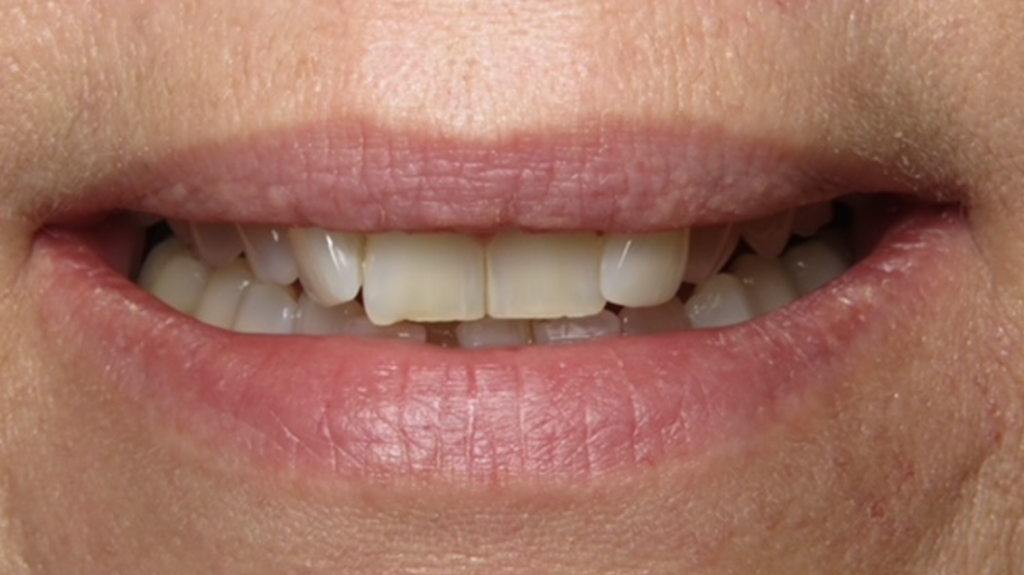
Figure 1 Before – smile
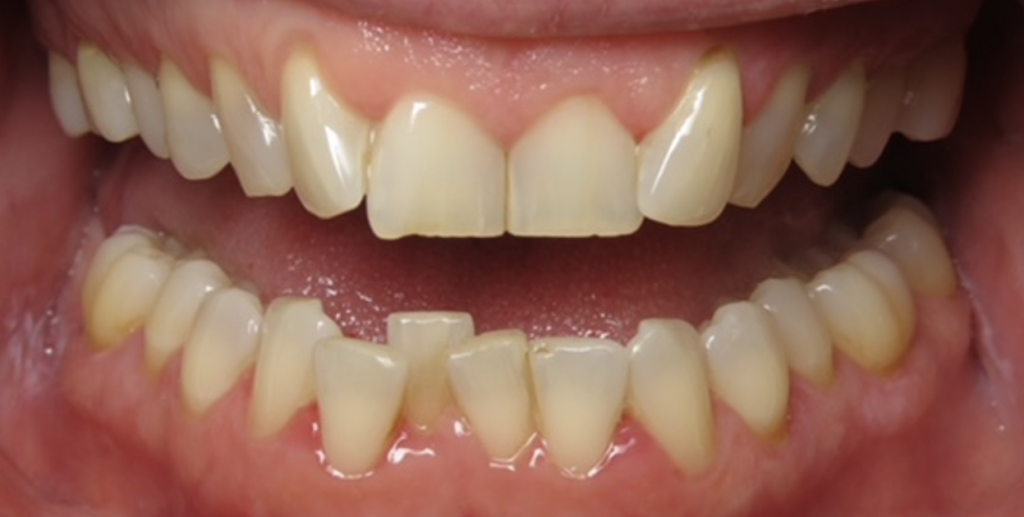
Figure 2 Before – retracted shot
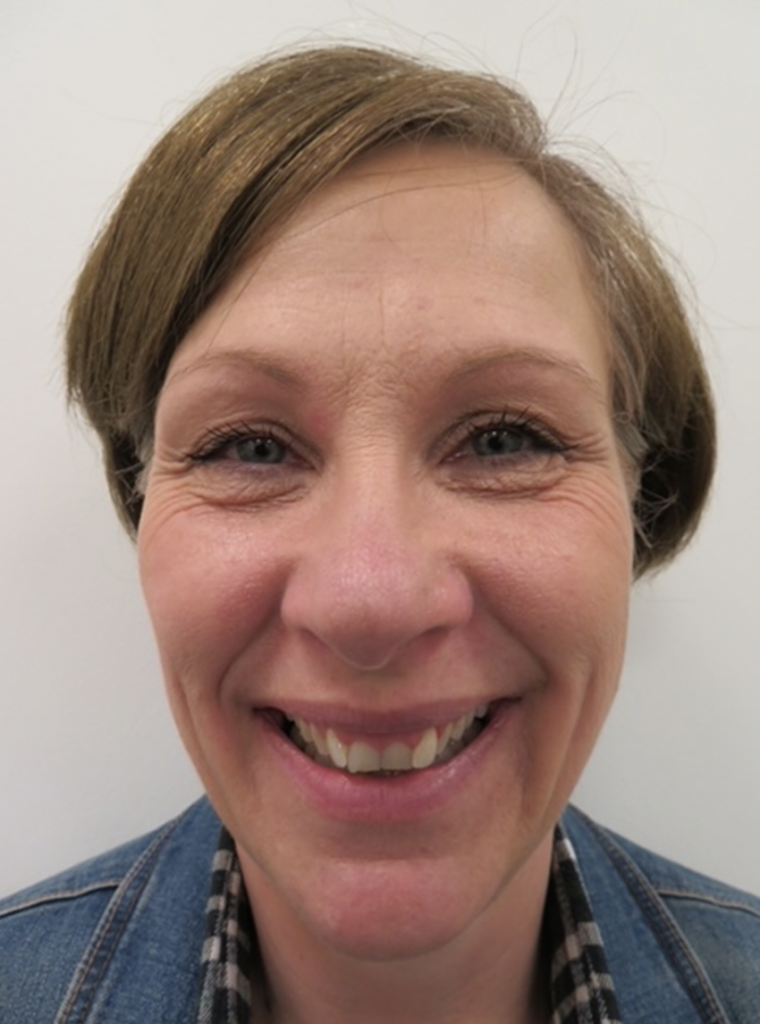 Figure 3 Before – face view
Figure 3 Before – face view
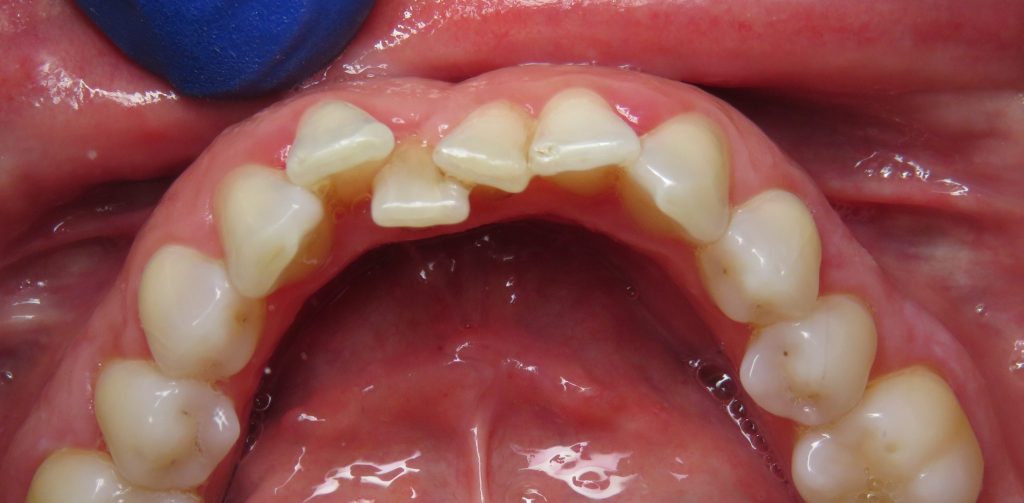
Figure 4 Before – lower occlusal
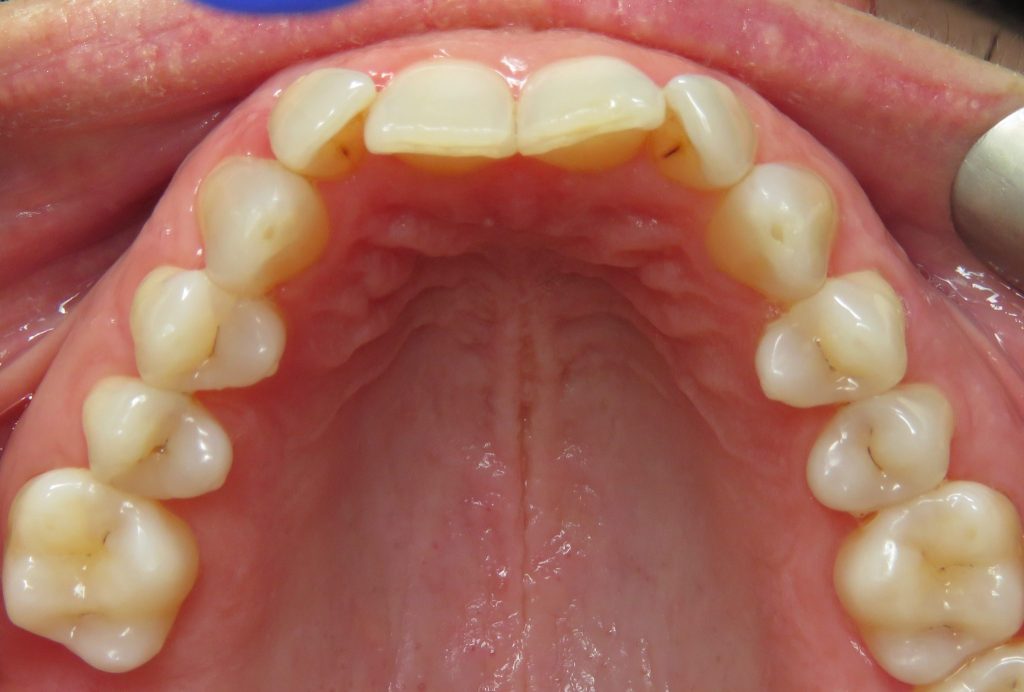
Figure 5 Before – upper occlusal
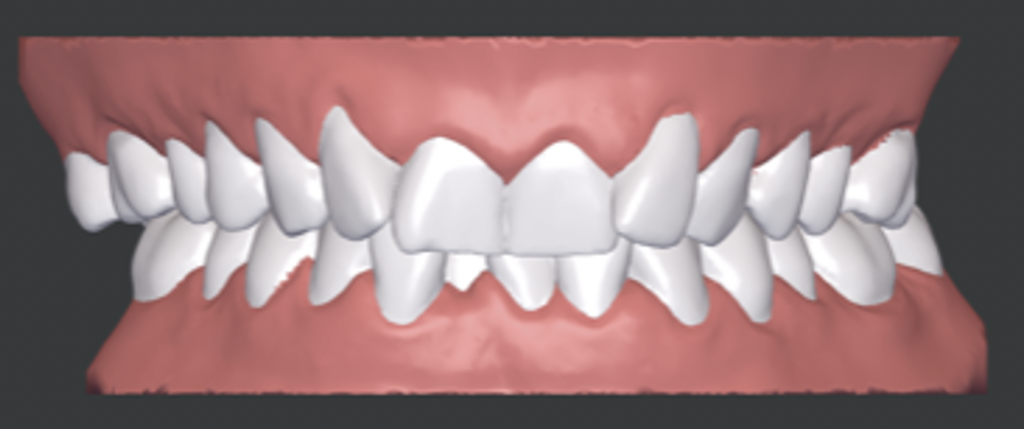
Figure 6 Start of 3D treatment setup
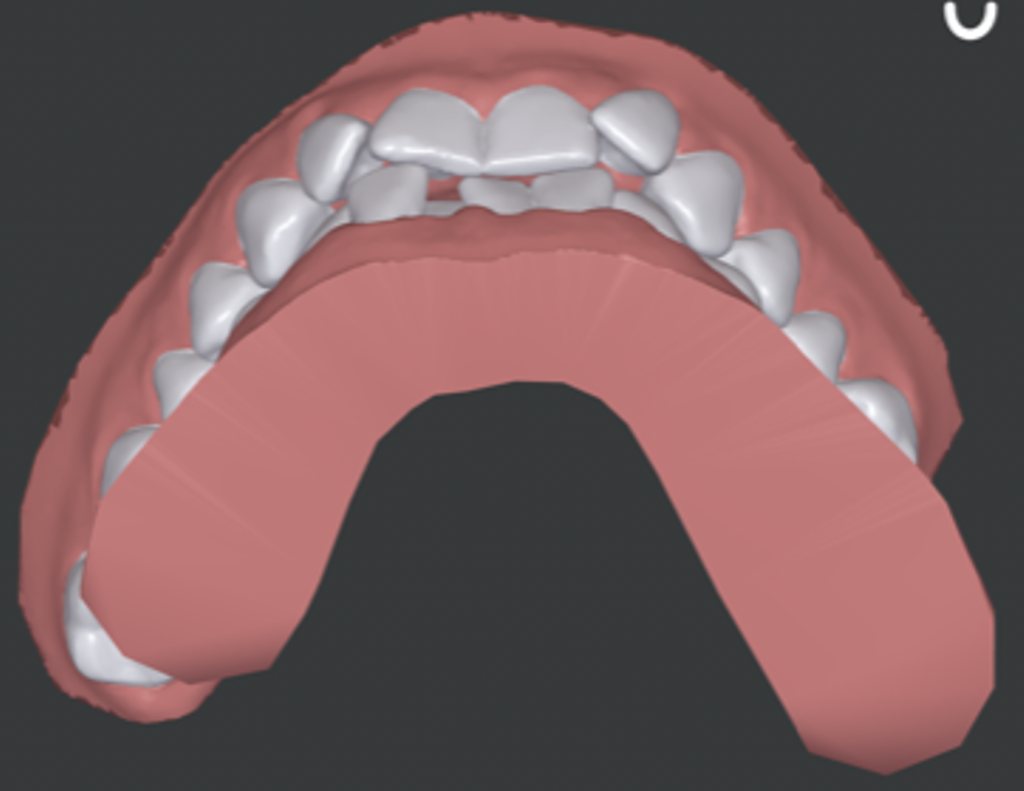
Figure 7 Incisal view at start of 3D treatment setup
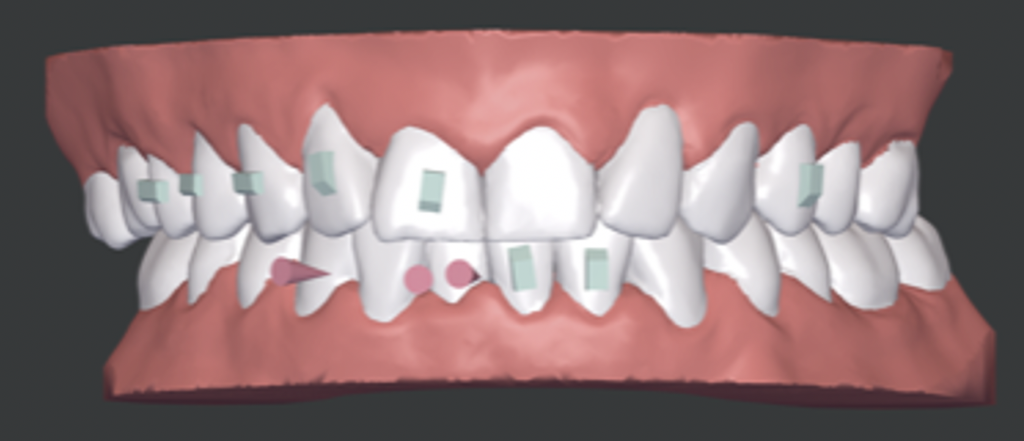
Figure 8 Treatment setup with engagers and IPR
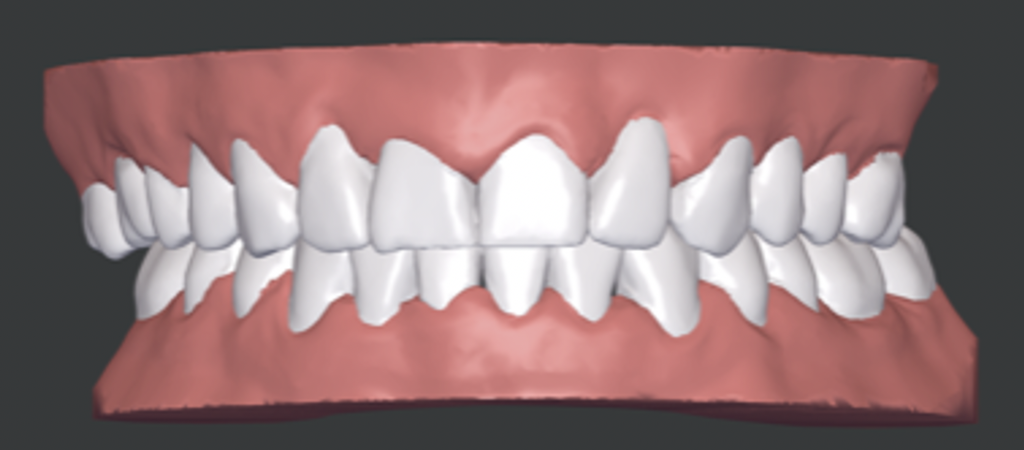
Figure 9 End of Treatment setup
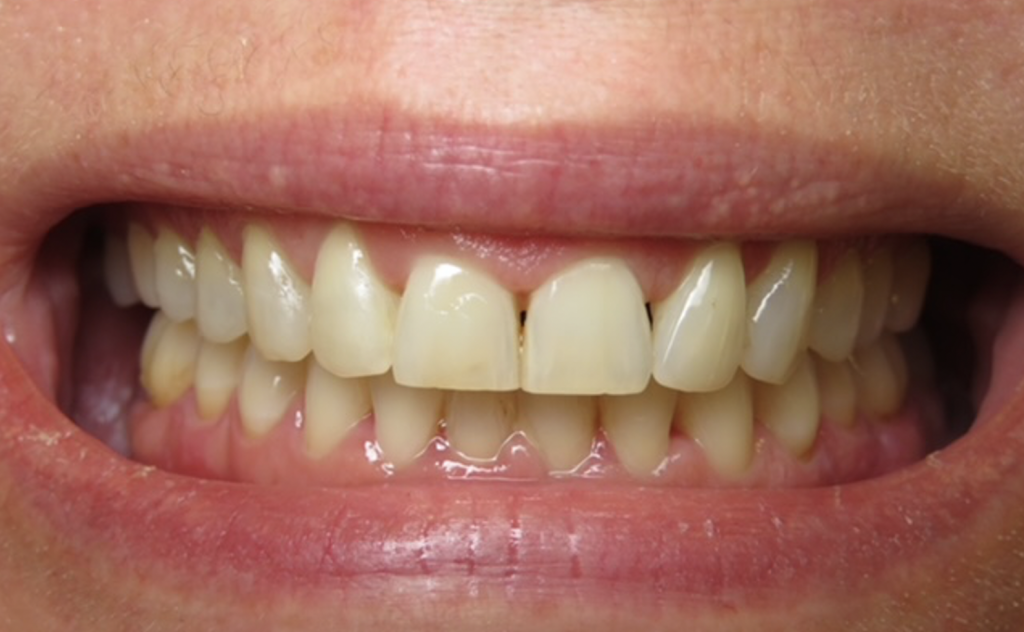
Figure 10 After – Smile
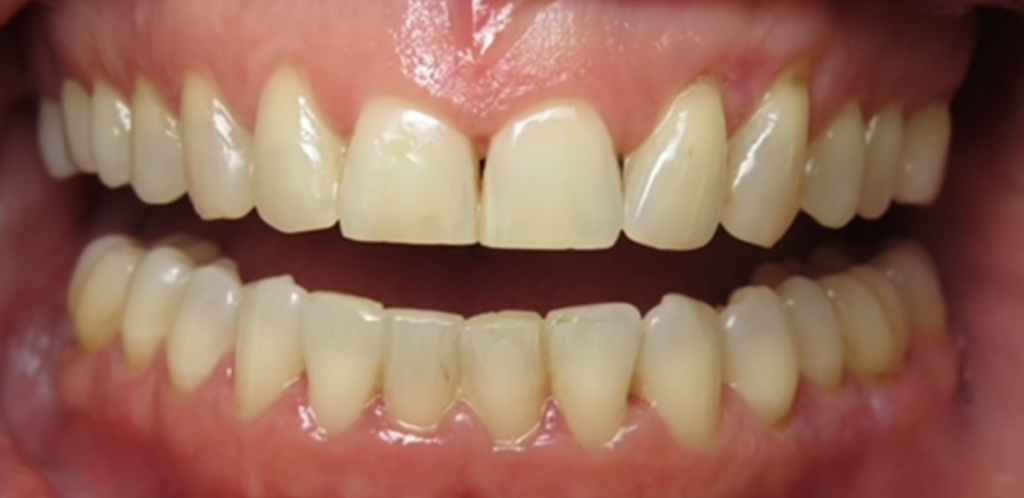
Figure 11 After – Retracted view
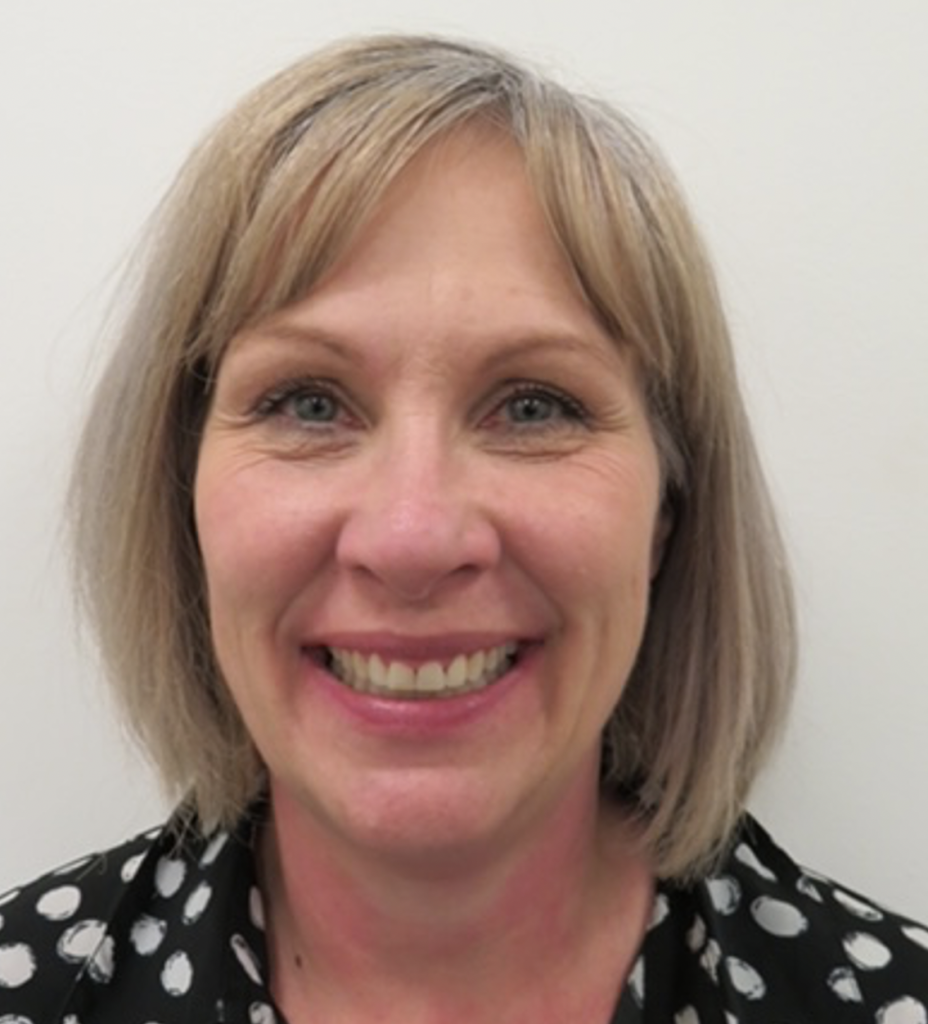
Figure 12 Full face After photo
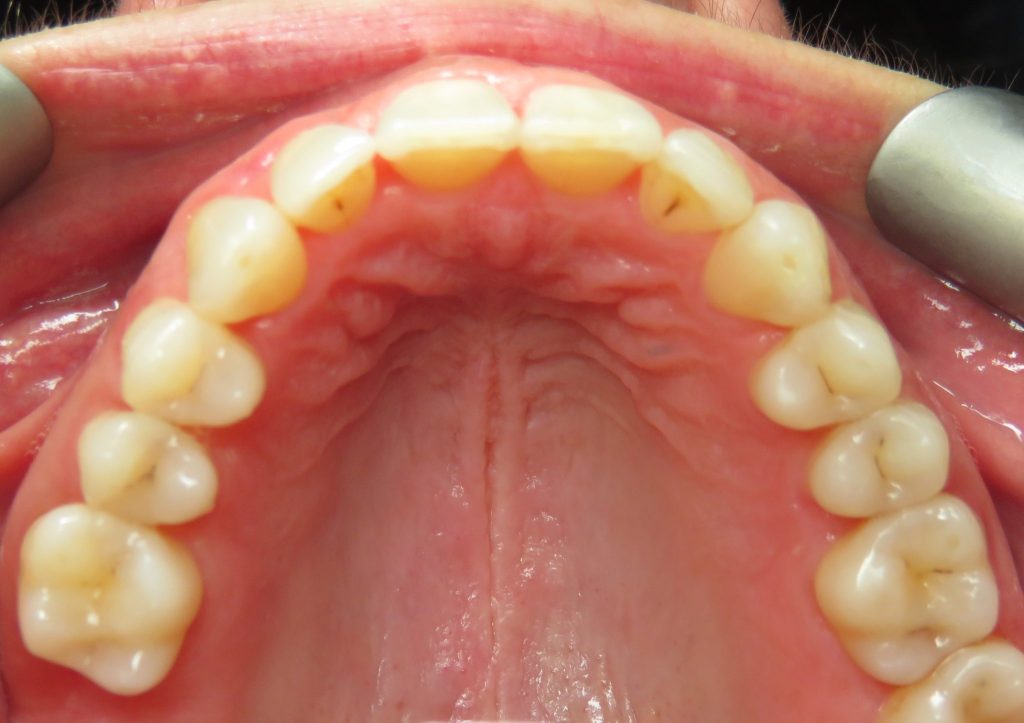
Figure 13 After – upper occlusal
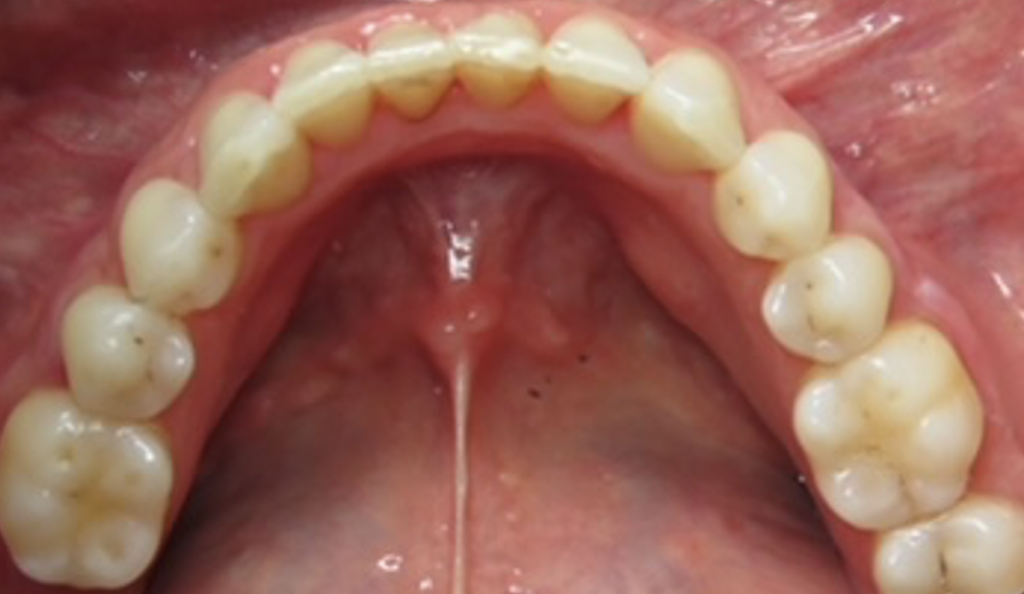
Figure 13 After – lower occlusal
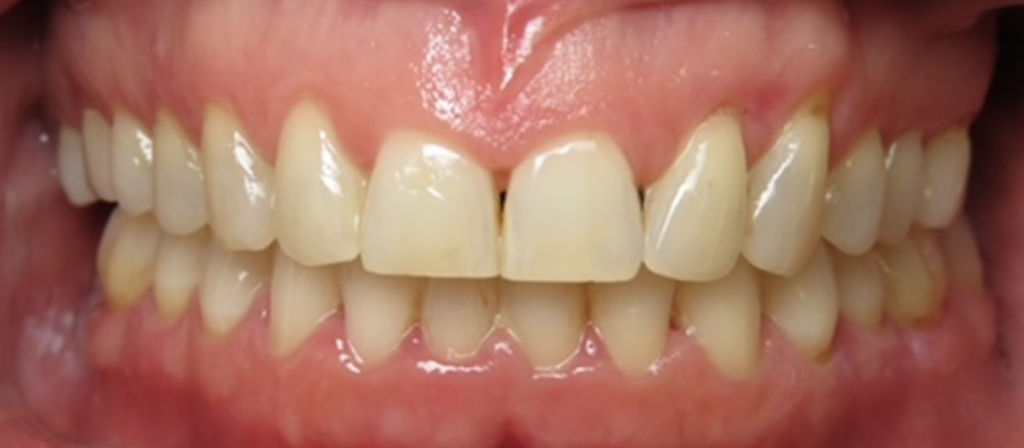
Figure 14 After – retracted shot
For more information on ClearCorrect®, visit:
https://www.straumann.com/clearcorrect/en/home.html
Author Bio:
Amit Patel qualified in 2010 from the University of Leeds and has since completed various postgraduate education in minor oral surgery, restorative and aesthetic dentistry. he has worked in dental practices in Yorkshire and Australia, before returning to the UK to settle in West Sussex.








